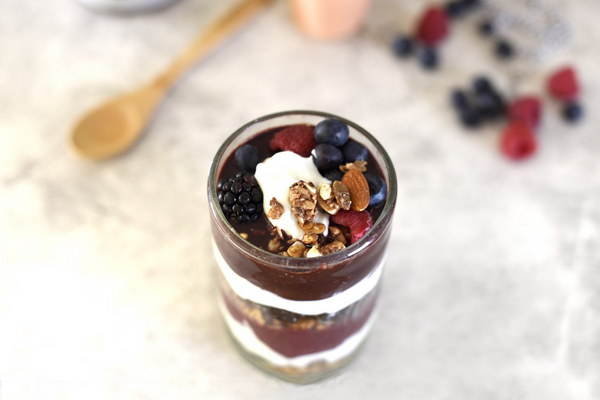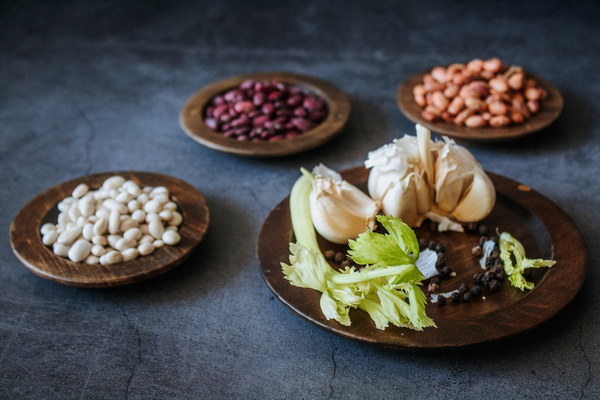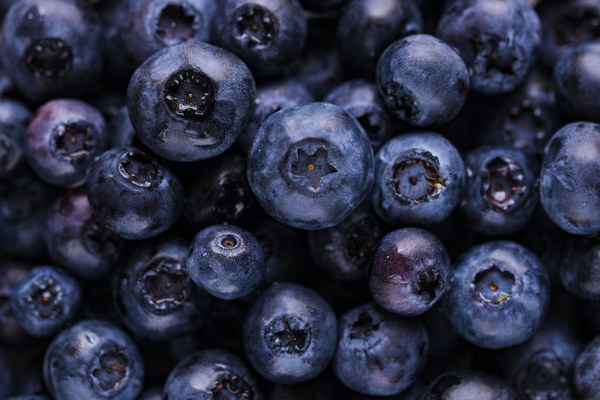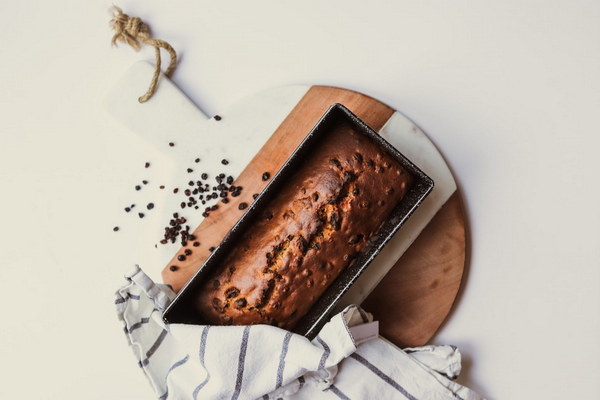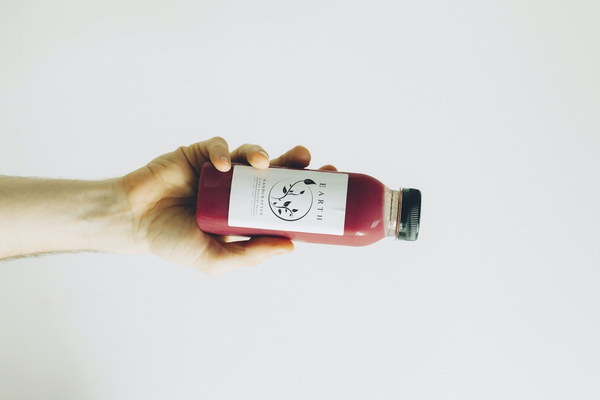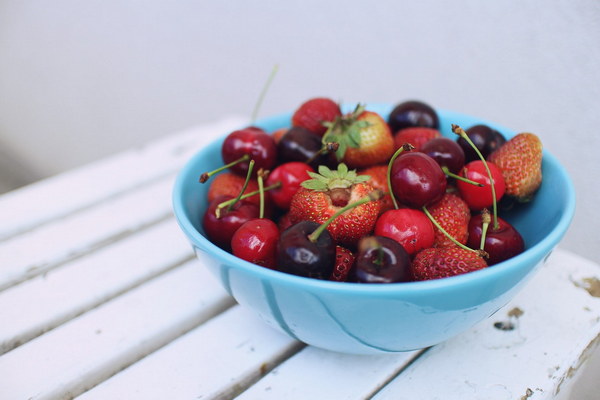Exploring the Key Ingredients in Herbal Remedies for Dampness Removal
In traditional Chinese medicine, the concept of dampness is believed to be a common underlying factor in various health issues, including fatigue, weight gain, and digestion problems. To combat this, herbal remedies are often prescribed to remove dampness from the body. These remedies typically contain a blend of herbs that have been traditionally used for their drying and draining properties. Let's explore some of the key ingredients found in these dampness-removing herbal formulas.
1. Astragalus (Astragalus membranaceus)
Astragalus is a well-known herb in Chinese medicine, renowned for its immune-boosting properties. It is also used to tonify the spleen and lungs, which are key organs in the body's dampness removal process. Astragalus helps to strengthen the body's defenses against external pathogens and to improve overall energy levels.
2. Poria (Poria cocos)
Poria is a type of mushroom that is highly valued in Chinese herbalism. It is used to drain dampness from the body and to aid in the elimination of excess fluid. Poria is often included in dampness-removing formulas due to its ability to promote urination and reduce swelling.
3. Atractylodes (Atractylodes macrocephala)
Atractylodes is another commonly used herb in dampness-removing formulas. It is known for its drying and warming properties, which help to expel dampness from the body. Atractylodes is particularly effective for treating dampness-related symptoms such as a heavy, achy feeling, and excessive phlegm production.
4. Alisma (Alisma orientale)
Alisma is a herb with a diuretic effect, which makes it useful for removing dampness from the body. It is often used to treat edema, water retention, and bloating, as well as to improve digestion and reduce dampness-related fatigue.
5. Codonopsis (Codonopsis pilosula)
Codonopsis is a well-regarded adaptogen that is often included in dampness-removing formulas to boost overall vitality. It is believed to tonify the qi, which is the vital life force in Chinese medicine. By tonifying the qi, Codonopsis helps to counteract the depletion caused by dampness and to restore energy levels.
6. Phellodendron (Phellodendron amurense)
Phellodendron is a powerful herb used for its drying and astringent properties. It is commonly used in dampness-removing formulas to treat damp-heat conditions, such as urinary tract infections and skin issues. Phellodendron helps to expel dampness and reduce internal heat.
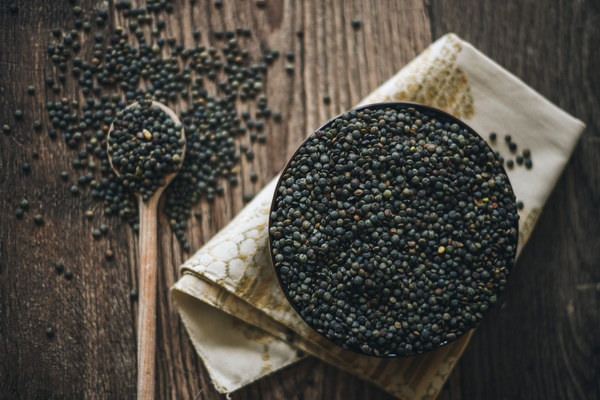
7. Angelica sinensis (Dong Quai)
Angelica sinensis, or Dong Quai, is often included in dampness-removing formulas for women's health. It is believed to balance the female hormones and to help regulate menstrual cycles. Dong Quai also has drying properties, making it useful for dampness-related issues.
These are just a few examples of the many herbs used in traditional Chinese medicine to remove dampness. It's important to note that herbal remedies should be used under the guidance of a qualified practitioner, as the correct diagnosis and dosage are crucial for effective treatment. Each individual's constitution and the specific type of dampness they are experiencing will determine the appropriate herbal formula.
In conclusion, the key ingredients in dampness-removing herbal remedies are chosen for their drying, draining, and tonifying properties. These herbs work together to support the body's natural processes for eliminating dampness and restoring balance. Whether you're dealing with dampness-related fatigue, bloating, or other symptoms, exploring the world of traditional Chinese herbal medicine may offer a natural and effective solution.

